Information for homeowners
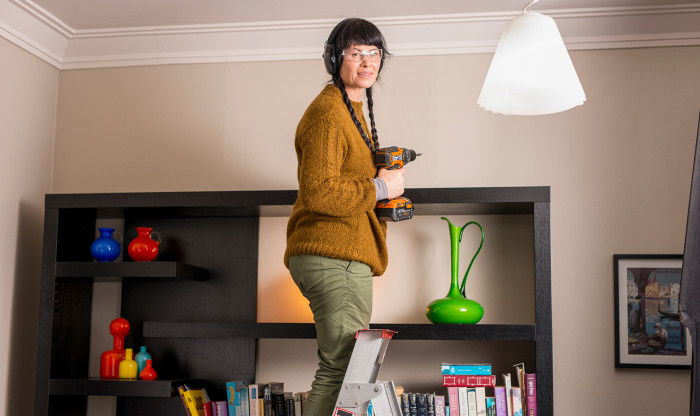
Falling furniture and appliances, particularly tall or heavy items, can be a hazard during an earthquake.
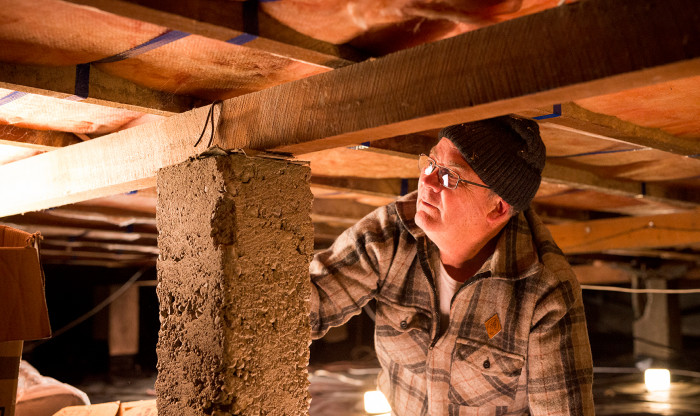
Every home sits on some type of foundation that should connect it to the site and help the home stay in place in a disaster.
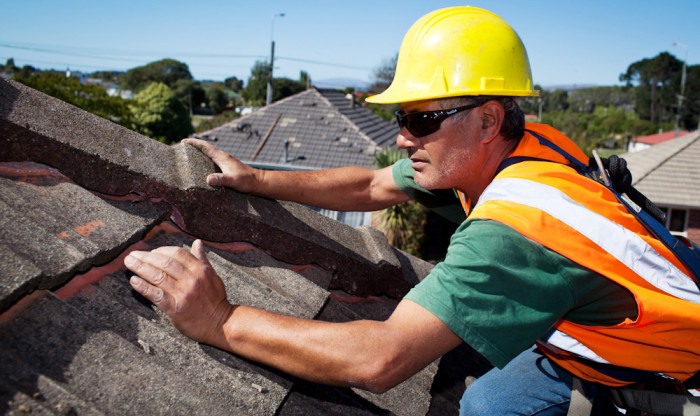
A roof that is lightweight and well secured is likely to be more resilient in an earthquake or extreme wind.
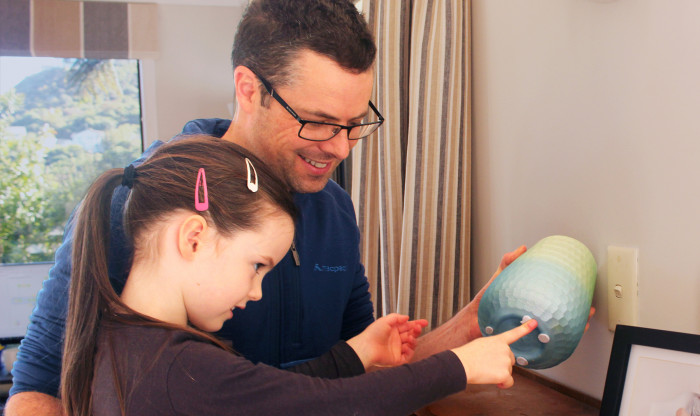
Take steps today to protect your valuables and save yourself the hassle of cleaning up a big mess.
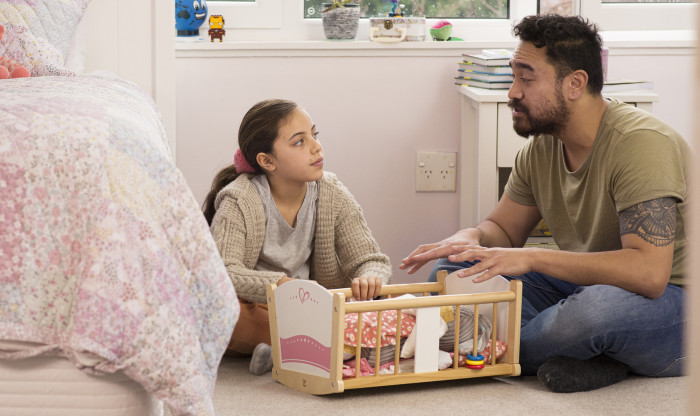
Is your baby's room really safe and sound?
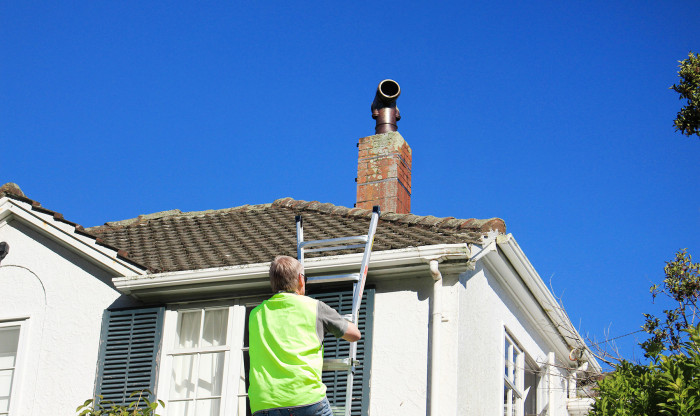
Brick and masonry chimneys may crack, shift or collapse in an earthquake, causing damage to people and property. Make yours safer today.
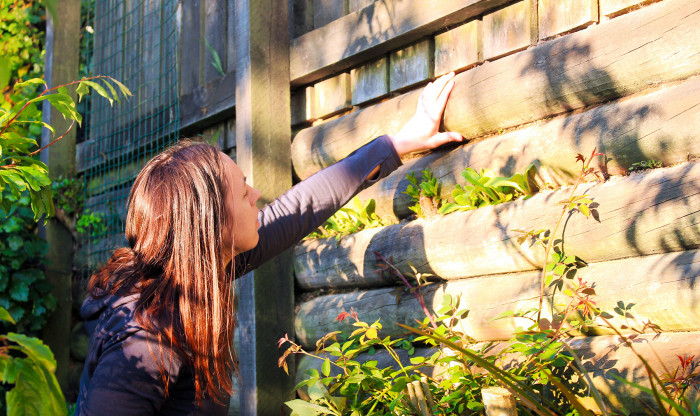
Slopes and retaining walls can crack, move or even collapse during heavy rainfall, earthquakes or other disasters.